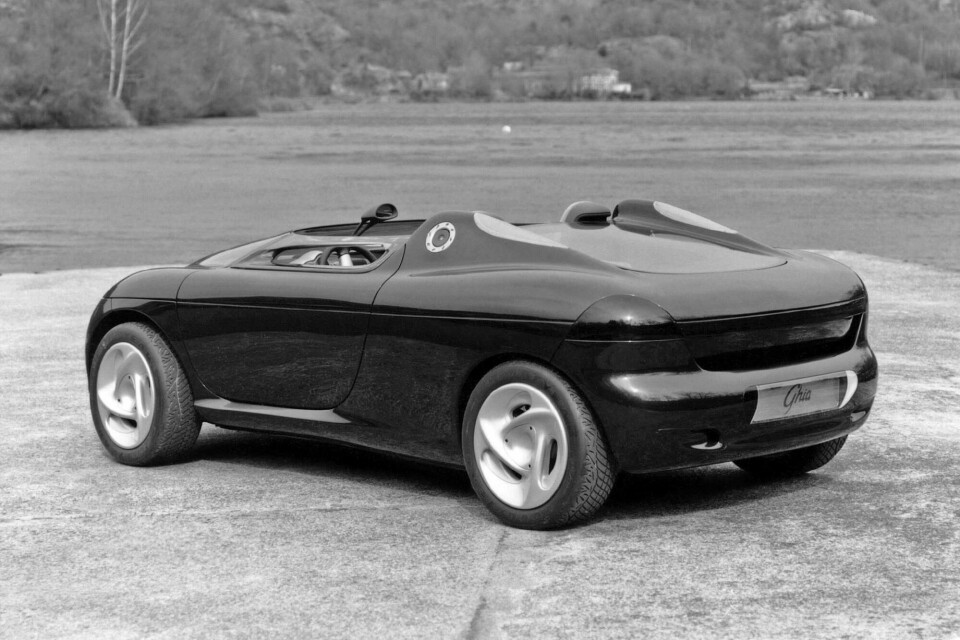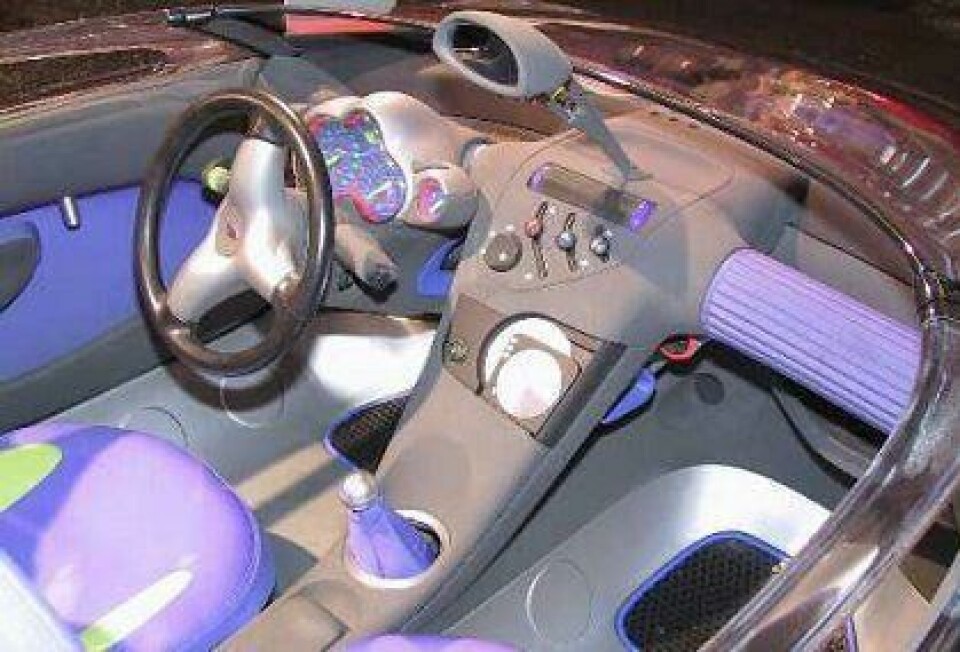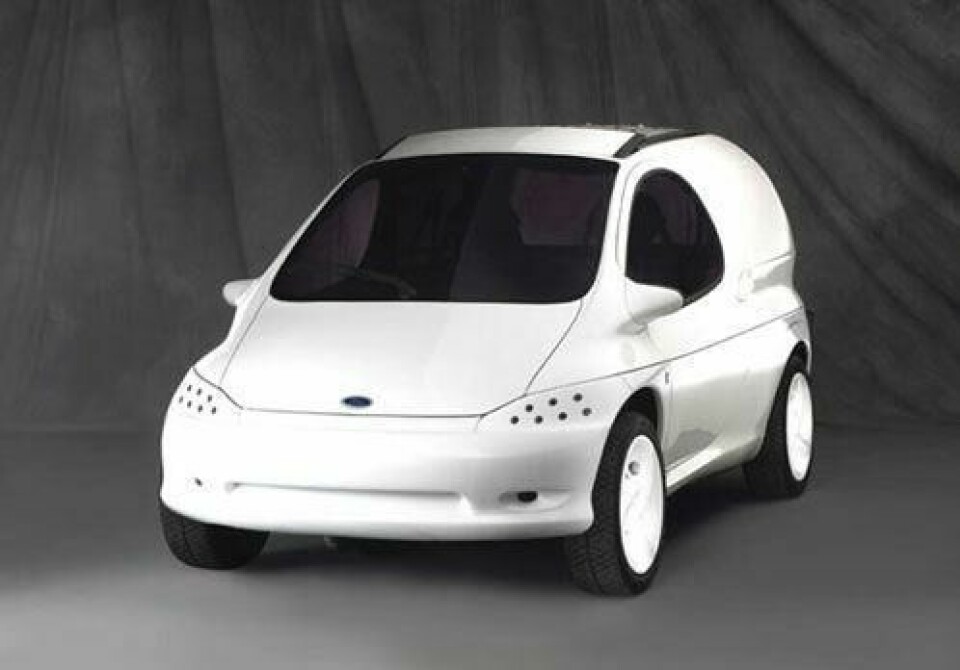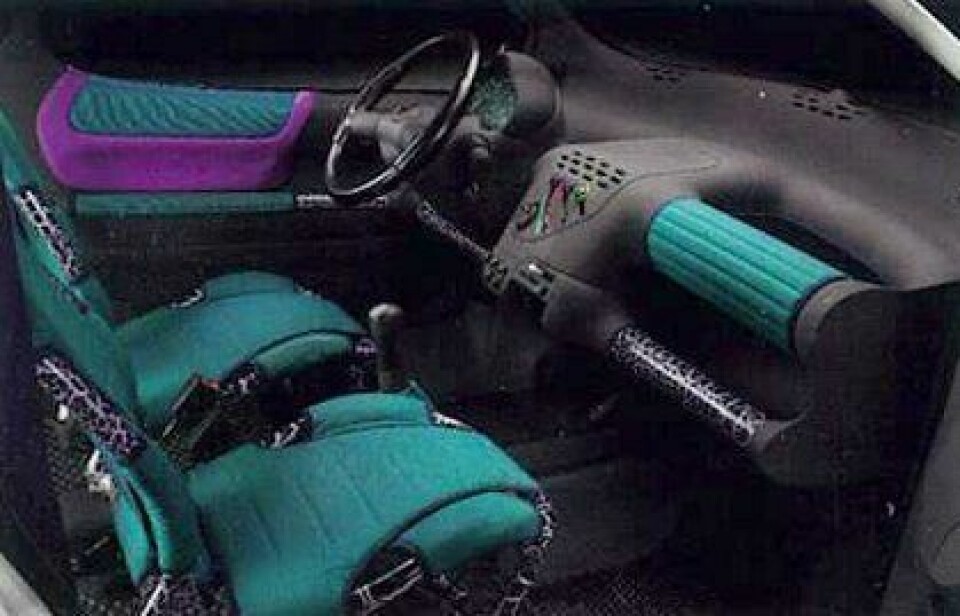
Concept Car of the Week: Ford Zig and Zag (1990)
The Ford Zig and Zag concepts were shown at the 1990 Geneva motor show
As a precursor to Ford’s global ‘One Ford’ platform strategy, the carmaker showed a pair of concepts at the 1990 Geneva Motor Show. Designed at the firm’s Ghia studio in Turin, the Zig concept was a mica black, two-seat barchetta, while the bright white Zag was conceived as a sporty van.
The concepts were built on the existing Fiesta architecture of the time, and were designed to show the potential versatility of a platform with shared lower door and body panels, with the Zig and Zag showing the extremes of a range that could have potentially comprised sports cars, hatchbacks, sedans, pickups and delivery vans.
Speaking at the time, former managing director of Ghia, Filippo Sapino, said, “Tom Scott in Ford Advanced Design developed the concept, then we developed the shape [at Ghia to achieve a low cost] expansion of the model range.”
The Zig’s exterior was designed to recall racers from the ’50s and ’60s, with a good dose of motorbike style for good measure. Very simple, fairly organic surfaces dominated, giving the car an appearance more akin to a safety helmet, particularly when you take in the chopped-down windscreen that’s similar in shape to a motorcycle helmet’s visor.

The front mask was punctured by upper and lower nostril air intakes that allowed air in to cool the front-mounted 1.6-litre petrol engine. Each corner also included a set of seven holes, each containing a fibre-optic cable, rather than a conventional lamp bulb. The rear lamps were also fibre optic, and supplemented by high-level brake lights that ran down each of the two buttresses on the car’s rear deck. The only splash of colour was the neon green flashes on each of the car’s 16-inch alloy wheels.

By contrast, the interior was much more brightly coloured, with a bright blue fabric used for the seats. Neon green inserts drew the interior and exterior together. The gauge pack was mounted directly to the steering column, and featured red accents on the dials. The centre stack was simple, which helped draw your attention to the CD player that left each CD exposed as it spun. Above this were the HVAC controls and a centrally-mounted rear-view mirror, again following the theme of old, open-top race cars.

Painted bright white to contrast with the black of the Zig, the Zag featured white 15-inch wheels. It shared the same fibre-optic front lamps as the Zig, while the tail-lamps were made up of nine fibre optics on each side.
Ghia described the van as “aimed at people who need a practical and versatile vehicle for the pursuit of varied domestic and leisure activities.” To that end, the van’s roof included a roof rack that folded up when required, while the van’s rear included a horizontally-split rear tailgate that wrapped right around into the van sides and up into the roof to allow unimpeded access to the rear luggage space.

The Zag’s interior included tubular-framed seats covered in an easy-clean nylon fabric. This was enhanced by a delightfully of-its-time colourway of aqua and fuchsia, with black and white leopard-print details on the seats and lower IP.
Removable rear seats and a folding front passenger seat ensured maximum load space, while the cargo area itself included a host of straps, clips and tiedowns to allow virtually any load to be secured.
As well as its experimental design, the Zag was given an experiemental engine. In 1991, it was fitted with a two-stroke orbital engine, designed and developed at Ford’s Dunton tech centre in the UK.
Both the Zig and Zag were sold at a Christie’s auction in 2002. In the auction catalogue, the Zig was described as being “in very good condition for its age, showing some small paint defects and interior soiling. The doors work well and close flush with adjacent panels. All the panels, in fact, are smooth and fit precisely, attesting to the skill and craftsmanship of Ghia’s artisans.”
Likewise, the Zag’s entry noted that “the doors function perfectly, panel fits are exceptional. Paint and interior are in very good condition. The pride of Ghia’s craftsmen is evident both in the quality of their work and in the excellent attention and care which the Ghia Zag has obviously received since its show career ended.”
Despite the fact that both cars were based on the same platform, the Zig eventually was sold for $49,350, while the Zag went for $29,375 – proof of the varying amounts of money you can make from basically the same underpinnings.

















